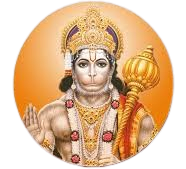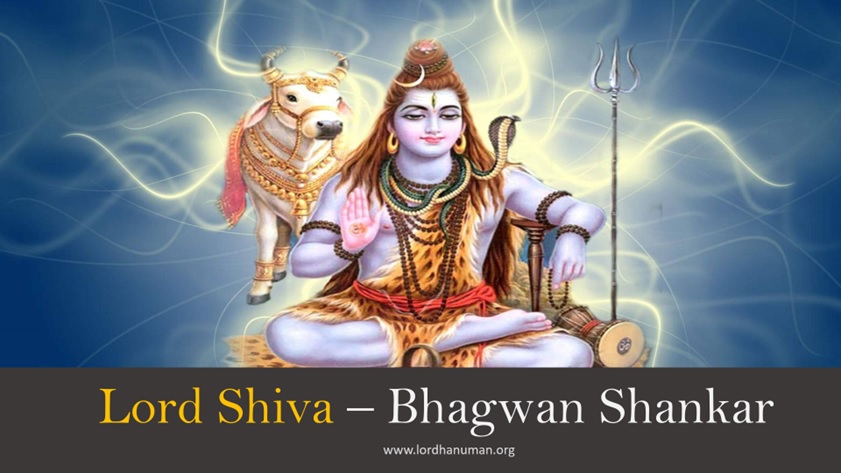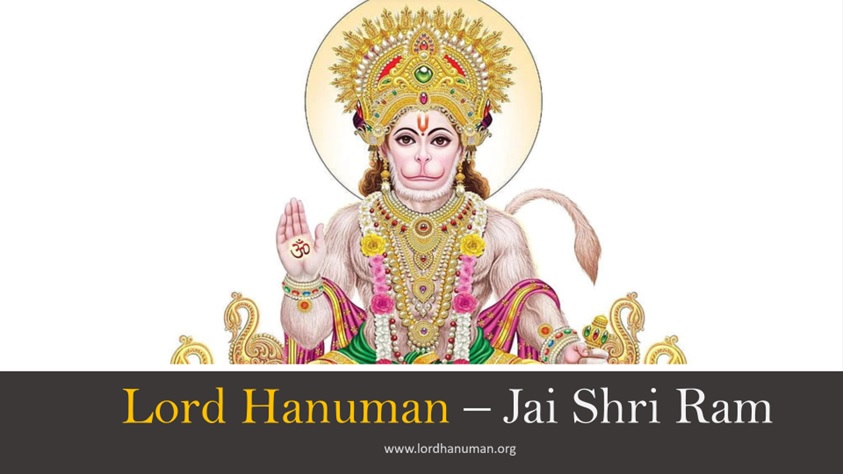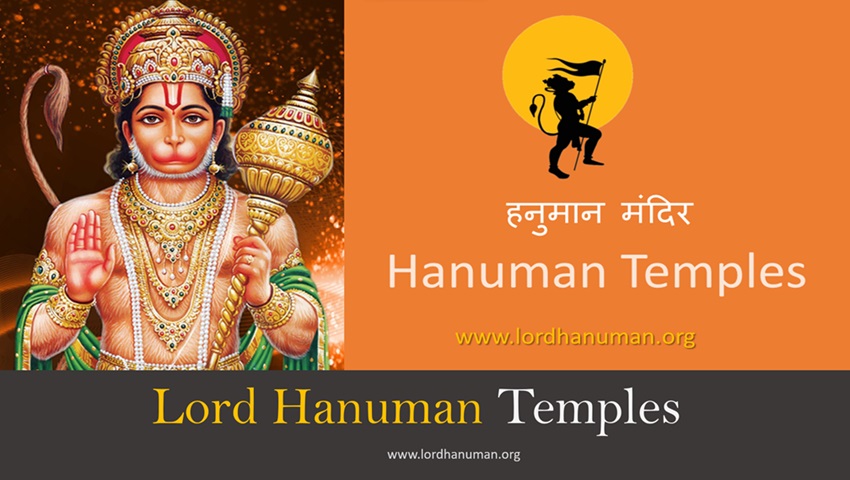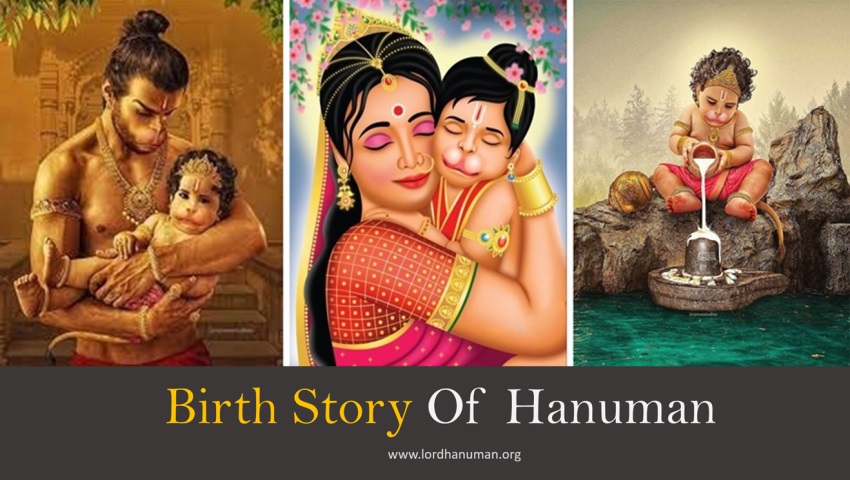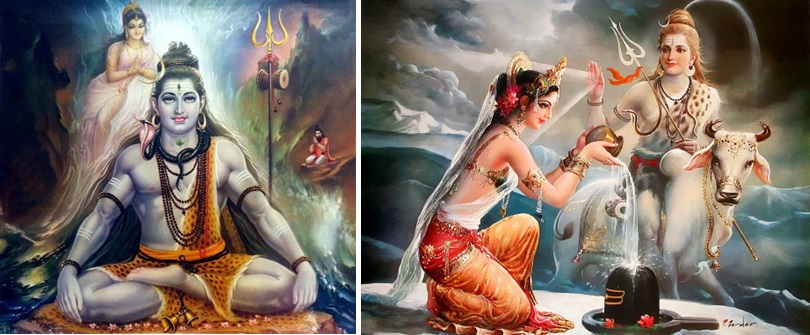
Lord Shiva
भगवान शिव
Lord Shiva - Facts , Significance , Prayers , Avatars And Festivals
Shiv, Mahadev, Bhagwan Shankar, Bholenath, Rudra, Neelkanth, Gangadhar, Bhairav, Shambhu, Viswanatha, Subhankara, Trilokinatha and Mahesh.
Mahashivratri 2024 Date
महाशिवरात्रि 2024 तिथि
Maha shivaratri festival is going to be celebrated on Chaturdashi Tithi of Krishna Paksha in the month of Phalguna i.e., on March 8, 2024. Chaturdashi Tithi will start from March 8, 09:57 PM and it will end on March 9, 06:17 PM in the evening.
Lord Shiva - Har Har Mahadev
Lord Shiva, one of the principal deities in Hinduism, holds a significant place in the Hindu pantheon. Known as the “Destroyer” in the Holy Trinity of Hindu gods (alongside Brahma the Creator and Vishnu the Preserver), Mahadev is the Supreme Being in Shaivism, one of the major traditions within Hinduism.
Hindu religious scriptures He is also commonly referred to as Shiv, Mahadev, Bhagwan Shankar, Bholenath, Rudra, Neelkanth, Gangadhar, Bhairav, Shambhu, Viswanatha (lord of the universe), Subhankara, Trilokinatha (lord of the three realms), and Mahesh.
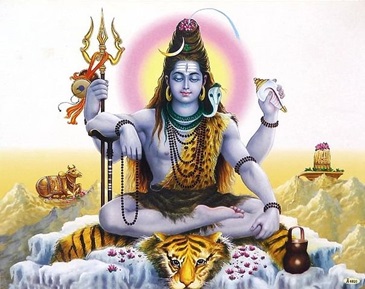
Lord Shiva is married to Goddess Parvati. His exemplary ideal conduct as a husband is because of his generosity and reverence towards his wife and Goddess Parvati. Mahadev is also considered an ideal role model as a father. The divine couple, together with their sons, the six-headed Skanda and the elephant-headed Lord Ganesh, reside on Mount Kailasa in the Himalayas.
Shiva has many aspects: benevolent for the devotees as well as fearsome against evil forces and demons. In most pictures, Lord Shiva is shown doing sadhana and meditation. In the benevolent aspects of Mahadev’s life, he is depicted as an omniscient Yogi.
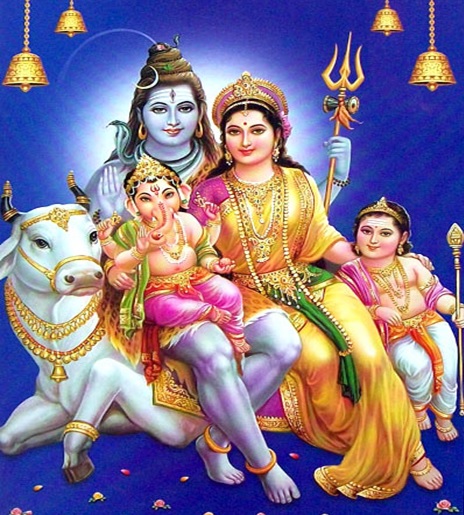
Another aspect of Bhagwan Shankar is that he is depicted with his family and lives an ascetic life on Mount Kailash. Lord Shiva’s family includes his wife Parvati and his two children, Ganesha and Kartikeya.
Bagwan Mahadev, also known as Adiyogi (the first Yogi), is regarded as the patron god of yoga, meditation, and the arts. Adiyogi is the originator of yoga. In Sanskrit, adi means “first,” and yogi refers to a practitioner of yoga. According to yogic philosophy, Shiva is not only a Hindu god but also the first yogi and the first guru.
Lord Shiva plays a multifaceted, pivotal, and profound role in Hindu cosmology, spirituality, and culture. Here’s comprehensive information about Lord Shiva, his significance, and the festivals associated with him.
Ancient Powerful Lord Shiva Mantras
Join us on a spiritual journey as we explore the divine essence of Lord Shiva. Known as the destroyer and creator, Lord Shiva is a revered deity in Hindu mythology. In this article, we will delve into His teachings, captivating mythology, and time-honored worship rituals.
Lord Shiva And Hanuman
Lord Hanuman is mentioned in both the Hindu epics, the Ramayana and the Mahabharata. Hanuman Chalisa also cites Hanuman as the incarnation (avatar) of Bhagwan Mahadev.
Hanuman is mentioned in the Puranas. The Shiva Purana mentions Hanuman as an avatar of Shiva. All other Puranas and scriptures clearly mention him as the spiritual son of Vayu, the incarnation of Vayu, or sometimes the avatar of Rudra (which is also another name for Vayu).
Lord Shiva and Hanuman are two prominent deities in Sanatana Dharma (Hinduism). In appearance, both may appear to be vastly different. However, they are, in fact, deeply connected to one another.
Lord Hanuman is a passionate devotee of Lord Rama, who is the seventh avatar of Lord Vishnu. According to the Hindu epic Ramayana, when Lord Rama and his army were marching towards Lanka to rescue Sita.
During this mission, they came across a sea that they had to cross to reach Lanka to fight the demon king Ravana. Crossing the sea with Vanar Sena was the most difficult task, and eventually Lord Rama prayed to Lord Shiva. It is believed that Lord Shiva helped Hanuman overcome this difficult task.
Lord Hanuman is often depicted with a mace (Gada) in his hand, which is said to have been given to him by Lord Shiva. As per the epic Mahabharata, Lord Hanuman was born to Kesari and Anjana, who were both ardent devotees of Lord Shiva. Lord Shiva blessed them with a son who would be a great devotee of Lord Rama and would have immense strength and knowledge.
Mahadev Appearance
Lord Shiva Appearance
Lord Shiva is usually depicted as blue color body , white, from the ashes of corpses that are smeared on his body, with a blue neck, from holding poison in his throat. His wears a crescent moon and the Ganges River as decorations in his hair and a garland of skulls and a serpent around his neck.
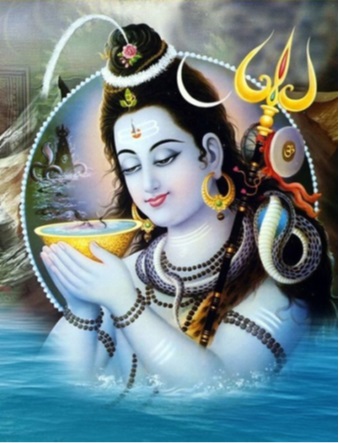
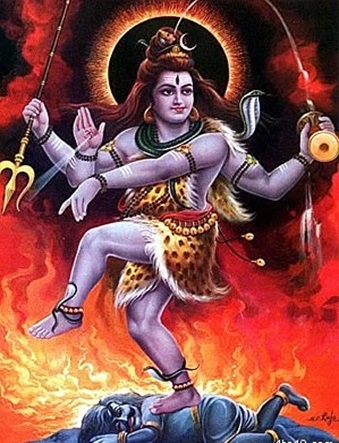
- Lord Shiva is often depicted with a blue throat, earning him the epithet “Neelkanth” (one with a blue throat). This blue color is attributed to the consumption of the poison (halahala) during the churning of the cosmic ocean (Samudra Manthan), which he did to save the universe.
- He is often portrayed with a third eye on his forehead, symbolizing his transcendent wisdom and insight.
- Shiva is typically shown with matted hair, adorned with a crescent moon and the holy river Ganges flowing from it.
- He is adorned with a snake (Nag) around his neck, symbolizing control over fear and death.
- Shiva is often depicted in a meditative pose or as the “Dancing Lord” (Nataraja), representing the cosmic dance of creation and destruction.
Significance Of Lord Shiva In Sanatana Dharma And Hinduism
Lord Shiva’s significance extends far beyond what can be captured in a brief overview. He is a complex deity with a profound impact on Hindu spirituality, philosophy, and culture, inspiring millions to seek spiritual awakening and liberation through devotion and meditation.
Lord Shiva, one of the principal deities in Sanatana Dharma (commonly referred to as Hinduism), holds immense significance in the religion and its various traditions.
In Sanatana Dharma and Hinduism, Lord Shiva’s significance transcends traditional religious boundaries, making him a symbol of universal themes such as creation, preservation, destruction, and spiritual awakening. Devotees and seekers often turn to Lord Shiva for strength, guidance, and spiritual insight in their personal and spiritual journeys.
Here are some of the key aspects of the significance of Lord Shiva in Sanatana Dharma and Hinduism:
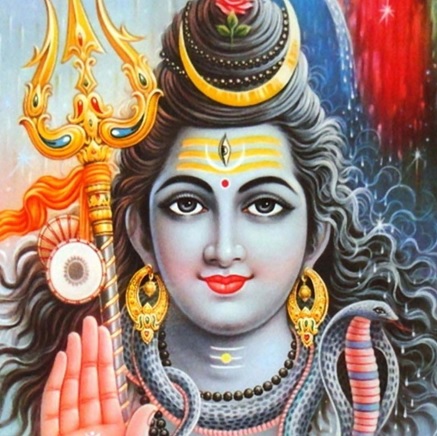
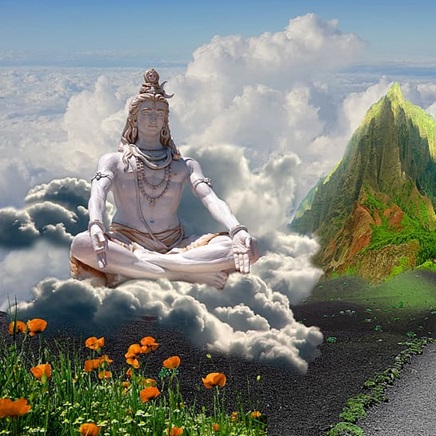
Lord Shiva In Sanatana Dharma And Hinduism
The Divine Trinity
In Hinduism, the divine trinity, or Trimurti, consists of Brahma (the creator), Vishnu (the preserver), and Shiva (the destroyer). Lord Shiva plays the role of destruction and transformation, essential for the cycle of creation, preservation, and renewal.
The Destroyer and Transformer:
Lord Shiva is often referred to as the “Destroyer of Evil” and is associated with dissolution and transformation. He is believed to end the cycle of creation, preserving the universe’s balance.
Shiva represents the cyclical nature of existence, where destruction is necessary for new creation. He is often associated with the destruction of ignorance, ego, and attachment, leading to spiritual growth and rebirth.
Ardhanarishvara:
Shiva is also seen as half of the divine couple, Ardhanarishvara, where he shares one body with his consort, Goddess Parvati. This represents the balance of male and female energies in the universe.
Lord Shiva is often depicted as Nataraja, the Lord of the Dance. His cosmic dance represents the rhythm of life, the constant cycle of creation, preservation, and destruction.
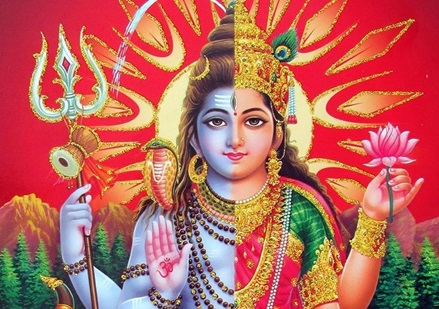
Adi Yogi (First Yogi):
Shiva is considered the original yogi and the source of yoga. He is often depicted in deep meditation (Dhyana) and is the embodiment of spiritual discipline. “Adi Yogi” is a title often used to refer to Lord Shiva in Hinduism. It translates to “the First Yogi” or “the Original Yogi.” This title is associated with the idea that Lord Shiva is the source and embodiment of yoga, meditation, and spiritual practices.
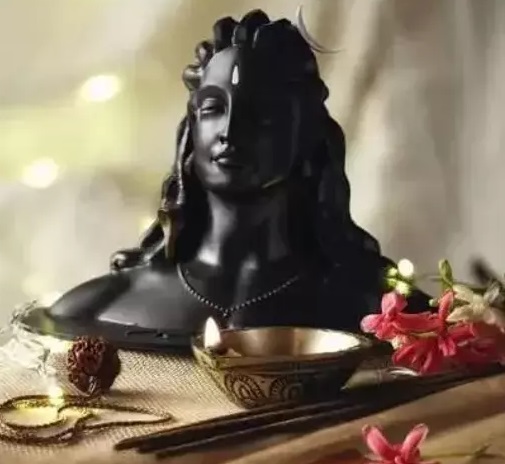
Adi Yogi represents the ancient roots of yoga and spiritual practices in Hinduism, and Lord Shiva is considered the embodiment of these traditions. His teachings and practices continue to inspire countless practitioners on their spiritual journeys, emphasizing the importance of yoga and meditation in achieving self-realization and union with the divine.
Lord of Meditation:
Shiva is the ultimate meditator, emphasizing the importance of inner reflection and spiritual awakening. Shiva is known as the Lord of Meditation (Dhyanaeshwara) and the Supreme Yogi (Adi Yogi). He embodies qualities of asceticism, self-discipline, and inner exploration. His meditative nature signifies introspection and spiritual enlightenment.
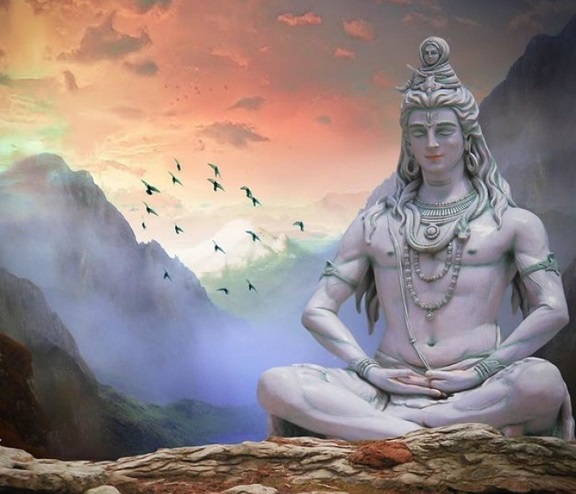
Shiva’s teachings and practices are integral to various branches of yoga philosophy, such as Hatha Yoga, Kundalini Yoga, and Tantra. These traditions draw inspiration from his teachings and practices.
Lord of Ascetics:
He is revered by ascetics and renunciants who seek to attain spiritual enlightenment and liberation from worldly attachments.
Mahadev (Great God):
Shiva is widely venerated as Mahadev meaning the Supreme God and the source of all deities in Hinduism.
The term “Mahadev” is a Sanskrit word commonly used in Hinduism to refer to Lord Shiva, one of the principal deities in the Hindu pantheon. “Maha” in Sanskrit means “great” or “supreme,” and “Dev” means “deity” or “god.” Therefore, “Mahadev” translates to “the Great God” or “the Supreme Deity.”
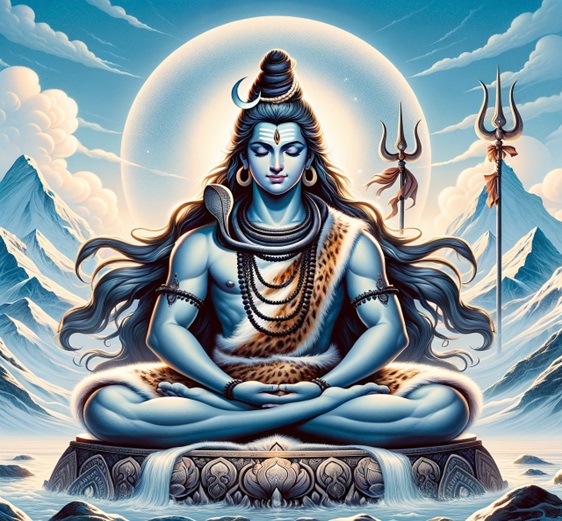
Lord Shiva is often addressed by various names and titles in Hinduism, each of which reflects different aspects of his divine nature. “Mahadev” is a reverential and affectionate way to address Lord Shiva, emphasizing his status as the supreme and most revered deity in Shaivism, one of the major sects of Hinduism. Lord Shiva is often associated with creation, preservation, and destruction, and his worship is deeply rooted in Indian spirituality and culture.
Shivling
Significance Of Shiva Linga
The Shivalinga, also known as the Shiva Lingam or Shivling, is a sacred and iconic symbol in Hinduism that holds profound spiritual and metaphysical significance. It is primarily associated with Lord Shiva, one of the principal deities in the Hindu pantheon.
The Shivlinga is a profound symbol of spiritual realization and the omnipresence of the divine. It encourages devotees to look beyond the material world and perceive the deeper, transcendental reality of the cosmos. The worship of the Shivlinga is deeply ingrained in Hindu tradition and is an integral part of Shaivism, one of the major sects of Hinduism.
Some key aspects of the significance of the Shivlinga:
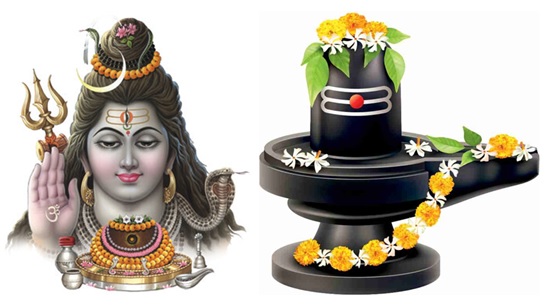
Representation of Lord Shiva:
The Shivlinga symbolizes the formless and infinite aspect of Lord Shiva. It represents the unmanifested, transcendental form of the divine.
Creation and Dissolution:
The shape of the Shivlinga, with a cylindrical base (representing yoni, the feminine principle) and an elongated, upward-pointing portion (representing the linga, the masculine principle), symbolizes the union of the male and female principles and the generative and creative forces of the universe.
Cosmic Pillar:
The Shivlinga is often seen as a cosmic pillar or axis mundi that connects the material world (prakriti) with the spiritual realm (purusha). It signifies the axis around which the universe revolves.
Infinite Energy:
The Linga represents the energy and consciousness that is beyond form, yet it is the source of all forms and manifestations in the universe.
Unity and Wholeness:
The Shivlinga signifies the unity and oneness of all creation. It represents the underlying unity of the individual soul (Atman) with the universal soul (Brahman).
Transcendence:
Lord Shiva, symbolized by the Shivlinga, represents the aspect of the divine that transcends duality, including good and evil, birth and death, and the material and spiritual realms.
Simplicity and Purity:
The Shivlinga is a simple and abstract symbol, reminding devotees to look beyond external appearances and focus on the purity and essence of divinity.
Aid in Meditation:
The Shivlinga is used as a focal point in meditation and worship. Meditating on the Shivlinga is believed to help individuals connect with the deeper aspects of their own consciousness.
Worship and Rituals:
Devotees of Lord Shiva offer prayers, flowers, water, milk, and other sacred substances to the Shivlinga as a form of devotion. Abhishek (ritual bathing) of the Linga is a common practice in Shiva temples.
Temples and Shrines:
Shivlinga is enshrined in many Shiva temples, with the inner sanctum or garbhagriha housing the main Linga. Devotees visit these temples to seek Lord Shiva’s blessings and offer their prayers. Most Hanuman temples
Oneness with Shiva:
Worshiping the Shivlinga is seen as a means of attaining oneness with Lord Shiva, symbolizing the seeker’s journey from the individual self (jivatman) to the universal self (paramatman).
Lord Shiva And Hanuman Devine Connection
As per the Hindu scriptures and puranas , Hanuman is described as avatar of Lord Shiva ( Shiavatar ). The Shiva Purana mentions Hanuman as an avatar of Lord Shiva. Other scriptures and Puranas also mention Hanuman as the son of Lord of Wind called Vayu or incarnation of Vayu or sometimes avatar of Rudra.
Lord Shiva and Hanuman share a unique and profound relationship in Hindu mythology, characterized by mutual respect, devotion, and divine connection. Hanuman, the mighty devotee of Lord Rama, is revered as an incarnation of Lord Shiva’s divine energy, known as Rudra.
According to legend, Hanuman’s father, Kesari, was an incarnation of the wind god, Vayu, who was born from a portion of Lord Shiva’s essence. Throughout various Hindu scriptures, Hanuman is depicted as an ardent devotee of Lord Shiva, often seeking his blessings and guidance in times of need. In return, Lord Shiva bestows his divine grace upon Hanuman, acknowledging his unwavering devotion and valor.
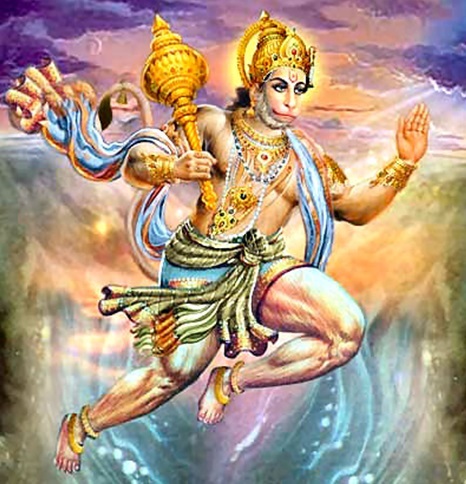
One of the most revered temples dedicated to both Lord Shiva and Hanuman is the Hanuman Temple in Rameswaram, Tamil Nadu, where a sacred lingam (symbol of Lord Shiva) is worshipped alongside an idol of Hanuman. This symbolic union represents the inseparable bond between the two deities and exemplifies the harmonious coexistence of their divine energies.
Hanuman being avatar of Shiva , the relationship exemplifies the interconnectedness of the Hindu pantheon, where devotion and reverence transcend individual deities, leading to a deeper understanding of the divine and the eternal principles of love, devotion, and spiritual enlightenment.
Teachings of Lord Shiva
Lord Shiva is referred as Mahadev which means God Of Gods. He is the embodiment of divine wisdom, imparts profound spiritual teachings and timeless wisdom that guide humanity on the path of enlightenment and self-realization.
With His benevolent grace, Lord Shiva offers profound insights into the nature of existence, the significance of inner balance, and the pursuit of higher consciousness, empowering individuals to transcend the limitations of the material world.
“Only when you transcend the illusory boundaries of the ego and connect with the eternal essence within, can you truly realize your divine nature.”
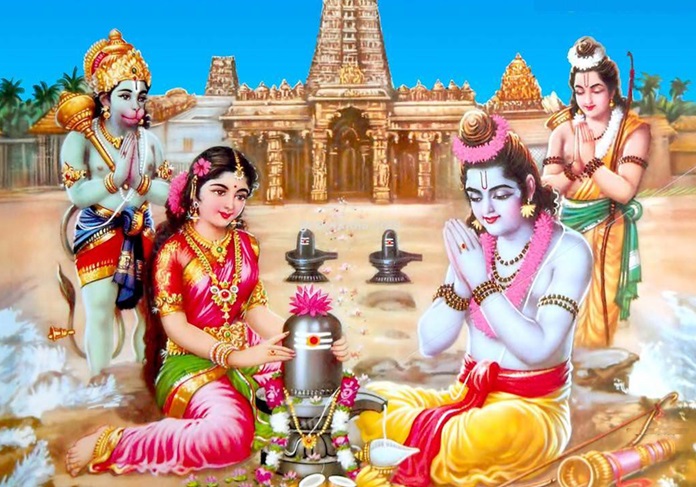
Lord Shiva’s teachings emphasize the importance of detachment from material desires and the cultivation of inner stillness and awareness. Through practices such as meditation and self-reflection, individuals can attain a higher state of consciousness and experience inner peace.
Moreover, Lord Shiva’s philosophy encourages individuals to embrace the interconnectedness of all beings and recognize the divinity within themselves and others. By fostering love, compassion, and unity, humanity can transcend the boundaries of ignorance and strife, creating a harmonious and equitable world.
The teachings of Lord Shiva serve as a guiding light for seekers of truth and seekers of self-realization, offering solace, inspiration, and practical wisdom that can be applied to every aspect of life.
Worshiping Lord Shiva
Worshiping Lord Shiva, the auspicious and benevolent deity of Hinduism, is a deeply revered practice among devotees seeking spiritual enlightenment, protection, and liberation from worldly attachments.
When it comes to worshiping Lord Shiva, devotees engage in sacred rituals and practices that showcase their unwavering devotion and deep reverence. These rituals, handed down through generations, serve as a means of establishing a profound connection with the divine presence of Lord Shiva.
One of the most common worship rituals is the offering of Bilva leaves, which are considered sacred to Lord Shiva. Devotees offer these leaves while reciting prayers and chanting mantras, symbolizing their heartfelt adoration and surrender to His divine grace.
“Lord Shiva’s worship rituals are a beautiful expression of devotion, allowing His devotees to transcend the material world and establish a deep spiritual connection with the divine.”
Devotees offer prayers, perform rituals, and engage in various forms of worship to honor Lord Shiva and seek his divine blessings. The worship of Lord Shiva encompasses various rituals, including the recitation of sacred mantras such as the “Om Namah Shivaya” mantra, the offering of Bilva leaves, flowers, milk, water, and other auspicious items, and the performance of elaborate poojas and aartis.
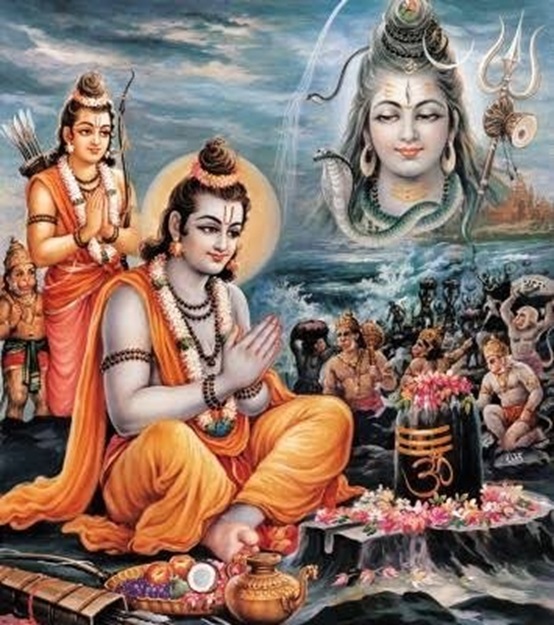
Another important aspect of Lord Shiva’s worship is the observance of fasts, particularly on Mondays, known as “Maha Shivaratri.” Devotees abstain from food and immerse themselves in prayer and meditation, seeking blessings and spiritual enlightenment from Lord Shiva.
A significant ritual in Lord Shiva’s worship is the “Abhishekam,” where His idol or lingam is bathed with various sacred substances, such as milk, honey, sandalwood paste, and holy water. This act is believed to purify the devotee’s sins and bestow blessings for divine grace and fulfillment.
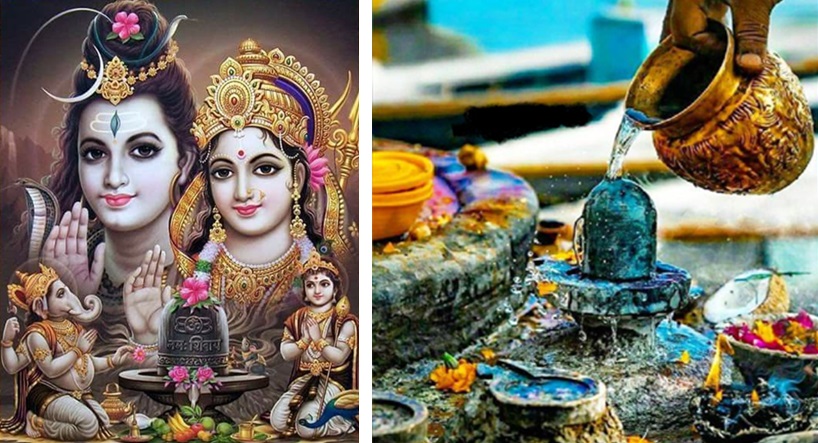
Devotees also wear holy ashes, called “Vibhuti,” as a mark of Lord Shiva’s symbolism and to receive His divine protection. The ashes, obtained from the sacred fire known as “Homa,” serve as a reminder of the transient nature of life and the ultimate reality of Lord Shiva’s cosmic presence.
Besides these rituals, Lord Shiva’s worship often involves singing devotional hymns, known as “bhajans” and “kirtans,” accompanied by musical instruments like drums, bells, and cymbals. These melodic expressions of devotion create an atmosphere of spiritual ecstasy and unite devotees in a shared experience of divine bliss.
